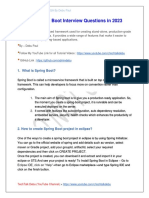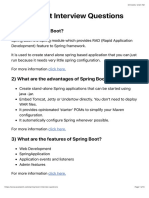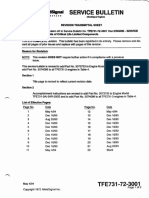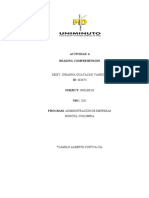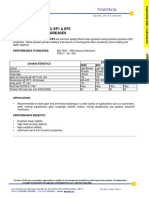0% found this document useful (0 votes)
22 views8 pagesQuestions
The document provides a comprehensive overview of Spring Boot, detailing its features, configuration, and development practices. It covers topics such as auto-configuration, database integration, testing, security, and creating REST APIs. Additionally, it includes examples and explanations for various annotations, exception handling, and custom starters.
Uploaded by
cloudinfinity2307Copyright
© © All Rights Reserved
We take content rights seriously. If you suspect this is your content, claim it here.
Available Formats
Download as PDF, TXT or read online on Scribd
0% found this document useful (0 votes)
22 views8 pagesQuestions
The document provides a comprehensive overview of Spring Boot, detailing its features, configuration, and development practices. It covers topics such as auto-configuration, database integration, testing, security, and creating REST APIs. Additionally, it includes examples and explanations for various annotations, exception handling, and custom starters.
Uploaded by
cloudinfinity2307Copyright
© © All Rights Reserved
We take content rights seriously. If you suspect this is your content, claim it here.
Available Formats
Download as PDF, TXT or read online on Scribd
/ 8

























